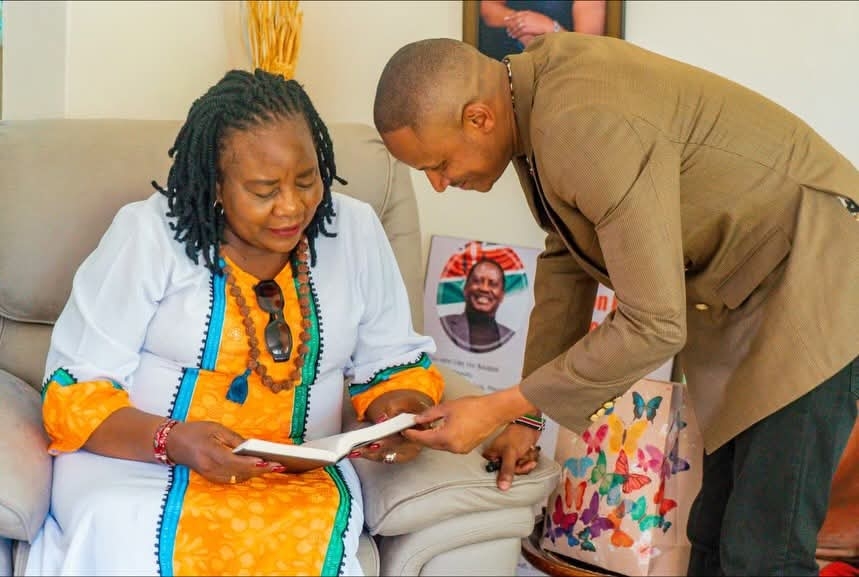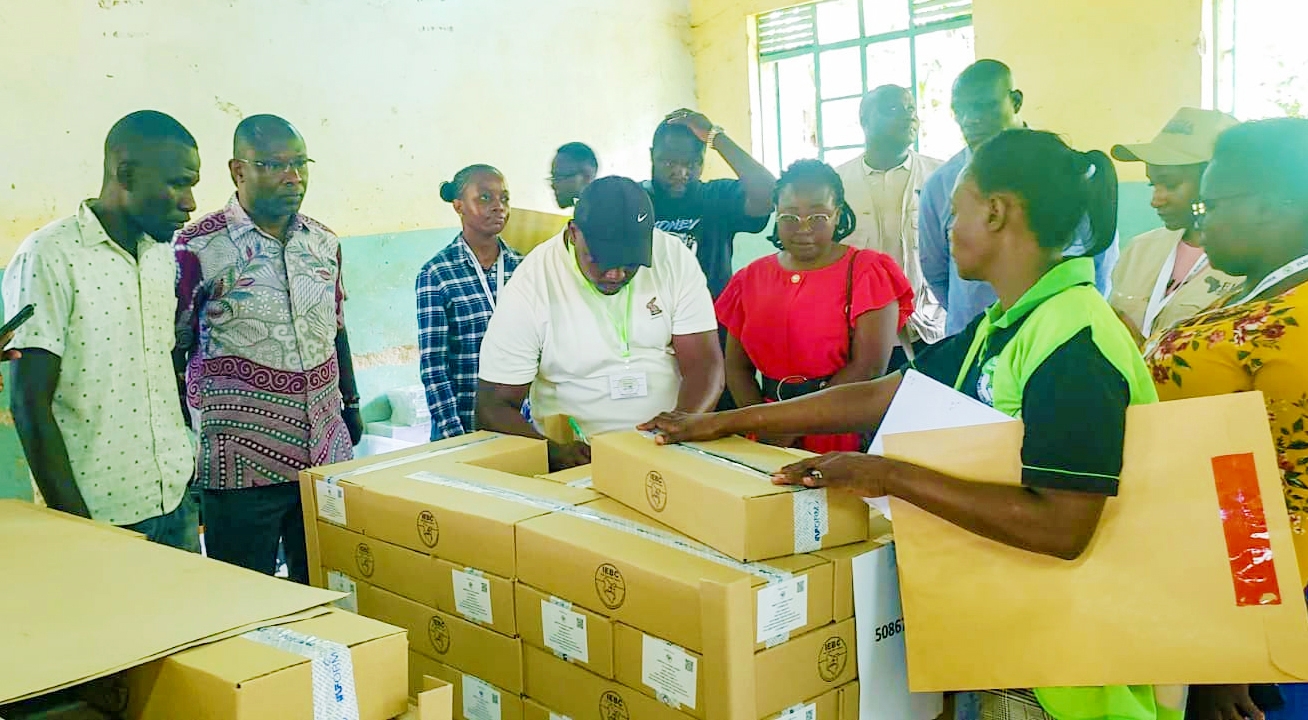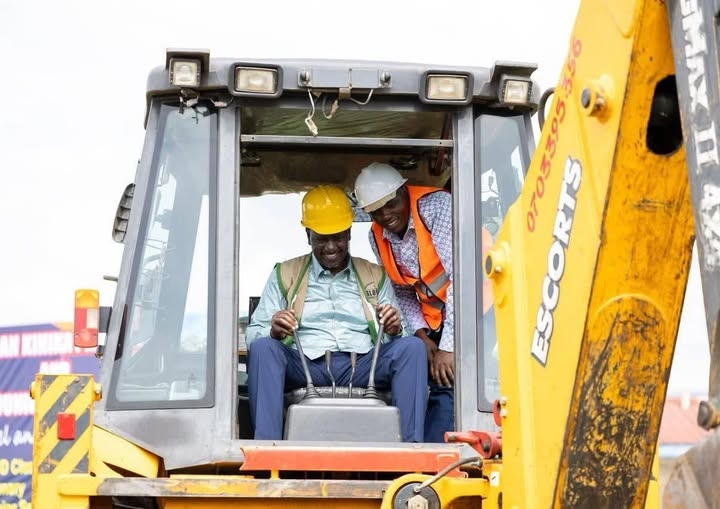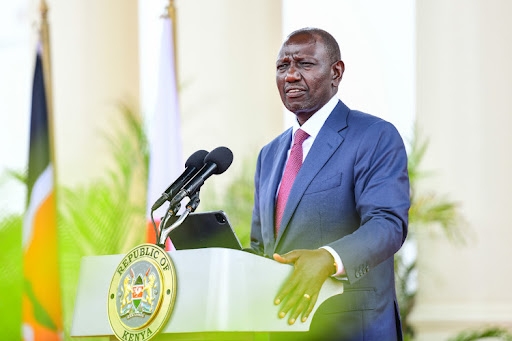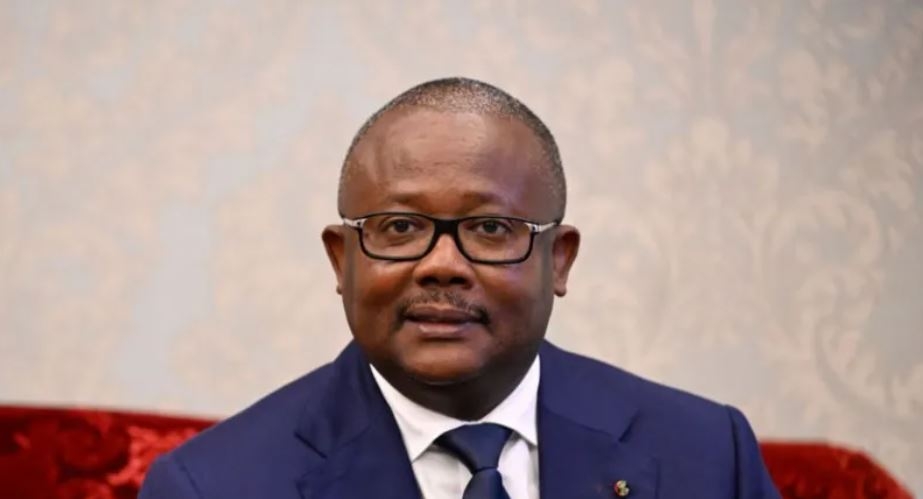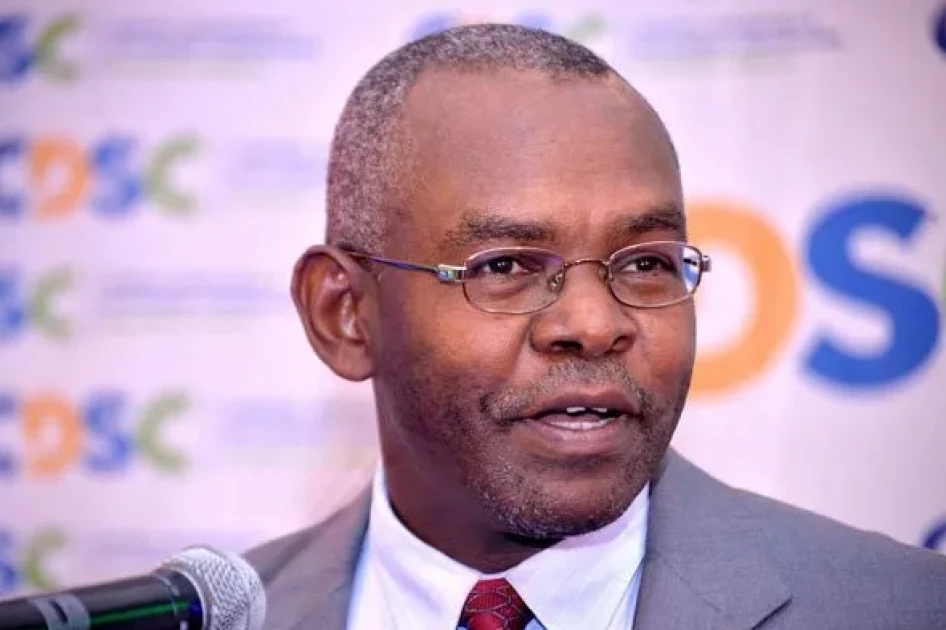Kenya plans to revive M-Akiba, a government bond through the mobile phone after the initial attempt flopped five years ago.
Speaking at the launch of DhowCSD, a portal that allows Kenyans to trade in government papers through a mobile app, CBK governor Kamau Thugge hinted that plans are underway to relaunch the platform.
The platform went live on July 31 and has since attracted more than 7,000 new accounts, compared to the total of 44,000 that existed before the launch.
"Your Excellency, it is a pleasure hosting you today at CBK. We hope to invite you soonest when we relaunch M-Akiba,'' Thugge said.
Launched in 2017, M-Akiba was a three-year bond sold in denominations as small as Sh3,000 with a return rate of 10 per cent paid semi-annually and a tax-free status in line with other infrastructure bonds.
The bond’s target was small investors who did not need a bank account to take part.
All one needed was to register with their phone and after a few minutes, invest at least Sh3,000— far less than Sh50,000 needed to buy other Treasury bonds — in addition to a cumbersome application process.
Investors could use mobile phone networks’ financial platforms like M-Pesa to send money and receive interest payments on the M-Akiba bond, which could be traded in the secondary market.
By the end of the programme in 2019, the government had managed to float an offer worth Sh1.65 billion on the M-Akiba bond programme against its target of Sh5 billion.
This includes the Sh150 million pilot offer in March 2017, the debut sale of Sh1 billion in June 2017, and two re-openings of Sh250 million each in February and May 2019.
Three months prior, a pilot offer lured 102,632 people to register, but only 5,692 of them went on to buy.
A report by Financial Sector Deepening Kenya (FSD) on why the mobile bond flopped shows that key players in the issuance of the bond did not address the recommendations for the unbanked segment.
This included the preference for small denominations in purchasing the government security and maturity tenure in months not years.
Thugge's revelation is coming months after the National Treasury hinted at using the Hustler Fund's savings to revive the mobile bond.
Speaking when he unveiled the Board of Trustees for the pension scheme to manage the savings from the Hustler Fund, National Treasury CS Njuguna Ndung'u said a significant share of the Sh1 billion will be injected into M-Akiba.






